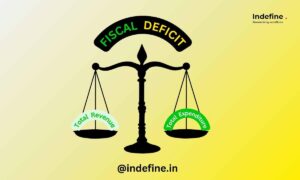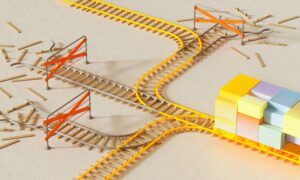BALANCE SHEET FROM A CORPORATE FINANCE PERSPECTIVE
BALANCE SHEET FROM A CORPORATE FINANCE PERSPECTIVE
The Assets side is divided into two types of assets:
- Assets in Place: Existing assets built from wealth over the years Balance Sheet
- Growth Assets: Tangibles or Intangibles which are expected to grow and create wealth in the future Balance Sheet
The Liabilities side has two sources of capital:
If you’re a young company (Start-up) with not many “assets in place” and are focusing on “growth assets”, use equity to finance your assets Balance Sheet
If you’re a mature business with more “assets in place”, use them as collateral to raise debt (cheaper source of capital) to invest in growth assets instead of equity.
The sheet is one of the three fundamental financial statements and is key to both financial modeling and accounting. The sheet displays the company’s total assets and how the assets are financed, either through either debt or equity. It can also be referred to as a statement of net worth or a statement of financial position. The sheet is based on the fundamental equation: Assets = Liabilities + Equity.
As such, the sheet is divided into two sides (or sections). The left side of the sheet outlines all of a company’s assets. On the right side, the sheet outlines the company’s liabilities and shareholders’ equity.
The assets and liabilities are separated into two categories: current asset/liabilities and non-current (long-term) assets/liabilities. More liquid accounts, such as Inventory, Cash, and Trades Payables, are placed in the current section before illiquid accounts (or non-current) such as Plant, Property, and Equipment (PP&E) and Long-Term Debt.
Balance – Sheet Example
Below is an example of Amazon’s 2017 balance sheet taken from CFI’s Amazon Case Study Course. As you will see, it starts with current assets, then non-current assets, and total assets. Below that are liabilities and stockholders’ equity, which includes current liabilities, non-current liabilities, and finally shareholders’ equity.






